@harry_davies
What is Noise in Photography?
Discover what noise is, how it happens, and how to make sure it doesn’t
Understanding the concept of visual noise is a basic way to improve the quality of a photograph. While many may use it as an artistic resource, it is an undesirable element for most photographers: a product of failures when capturing or digitizing, of errors when calibrating a camera, or technical deficiencies of the equipment.
That said, noise in digital photography can be understood as a visual distortion identifiable as graininess or discoloration that often reduces the impact of an image, obscures details and, when there is a lot, can completely ruin a photograph.

It is important to note that almost any digital photograph will contain information that will result in small imperfections related to brightness, pixel discoloration, or overexposure. However, these details can be corrected in editing programs by adjusting some basic levels. Noise, on the other hand, is a visual flaw that, in excess, cannot be resolved by any digital modification, and is, in fact, usually only made worse.
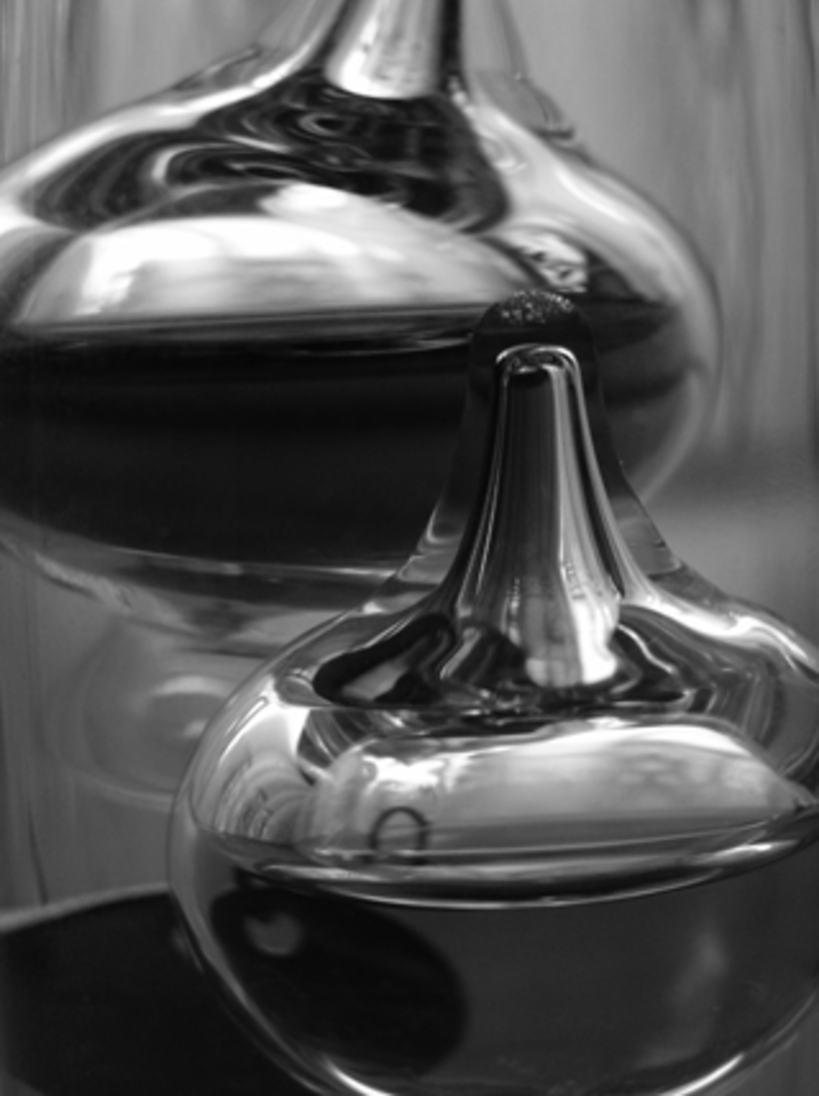

How it is produced
This visual phenomenon is the result of problems related to how the information is captured. These are the most common types of noise:
Shot noise (photonic):
This is generated when the light is not uniform and the sensor cannot read the information correctly, so it replaces it with random data, creating small spots or distortions that fill in the gaps it could not capture.
Technical noise:
It occurs when the camera's sensor is altered by temperature - common in long exposure sessions.
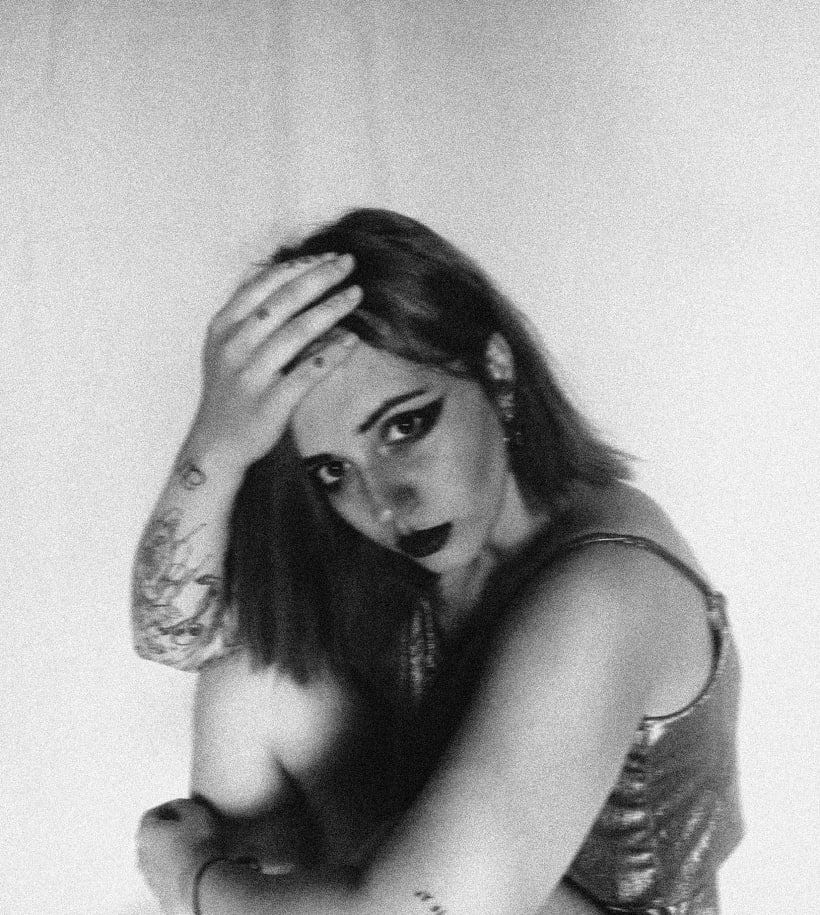
How much is too much
As we have said before, this point can be subjective. Depending on whether it is photojournalism, architecture, concept, or any other variable where focus and subject matter is relevant, the noise can be more or less tolerable.
When noise is related to your photographic lenses, you should know that there are techniques and resources to reduce grain levels and thus increase contrast, sharpness, and overall image quality.
Software such as Photoshop, Lightroom, or Capture One have tools for making general adjustments, but you should always be careful not to alter the image too much–it's much better to avoid the noise from the moment you take the picture.
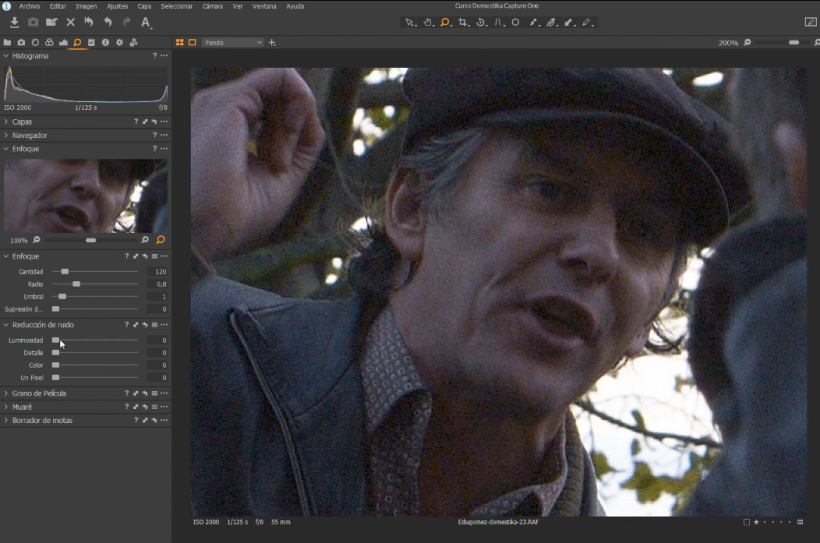
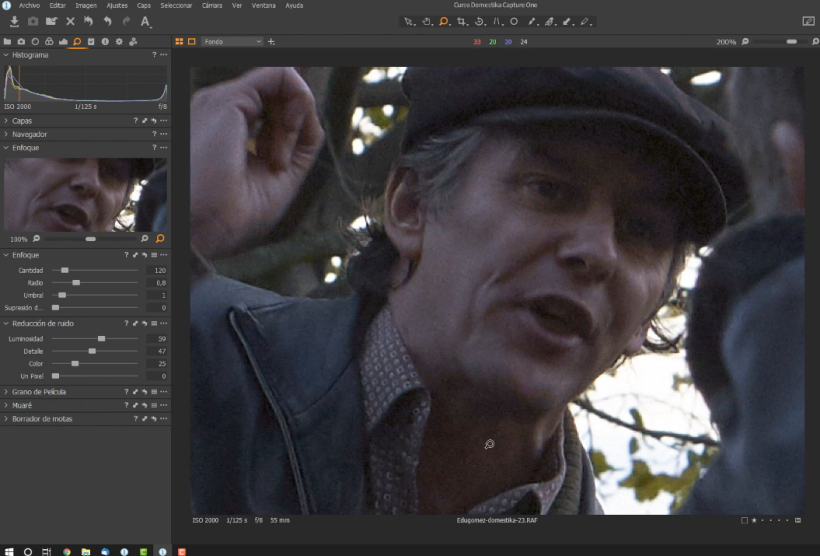
To prevent
Two basic tips to avoid the presence of noise in your photographs from the source are:
Avoid underexposure
When there is not enough light, the camera often replaces some of the visual information by making automatic estimates, which is why noise is always more common in dark areas than in light ones.
Know and take care of your equipment
Many cameras have noise reduction features, so be sure to try them out and learn what the best conditions are for yours. Also, keep the sensor from getting hot by turning it off when you're not using it for long sessions.
You may also be interested in:
- Introduction to Capture One, a course by Edu Gómez
- Automatic Equidistant Color Palette Generator
- What is RAW Imagery and What is It For?





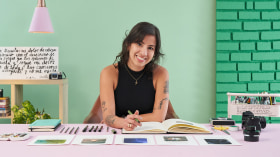
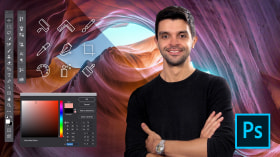
0 comments